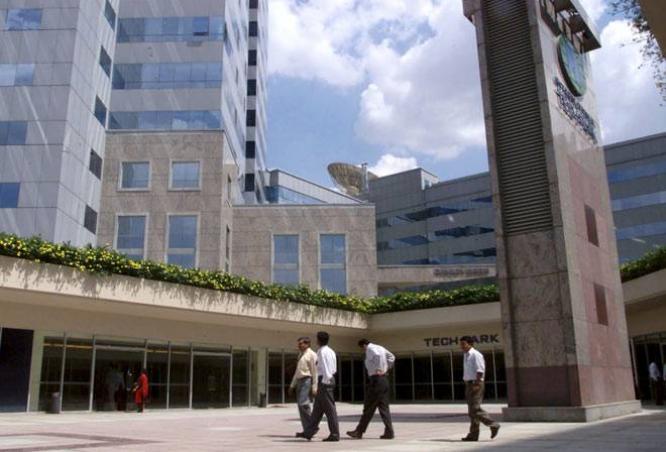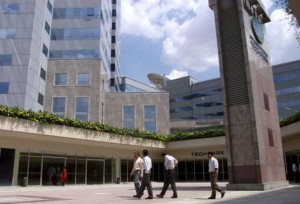4 mins read
This year considered as Change for Indian IT as more Challenges to come

March 23, 2025
Copyright 2023, IT Voice Media Pvt. Ltd.
All Rights Reserved

 The $146 billion Indian Information Technology (IT) industry, which employs 3.1 million people, is at a crossroads. Digitialisation, Internet of Things, the move to cloud and emergence of Everything as a Service (EaaS) models have meant that Indian IT has had to adapt very fast to changing market requirements. From a mere $5.3 billion in 2000, Indian IT exports today are around $100 billion apart from the fast growing domestic market opportunity. Here then are the achievements in the year gone by and more importantly the challenges it faces ahead.
The $146 billion Indian Information Technology (IT) industry, which employs 3.1 million people, is at a crossroads. Digitialisation, Internet of Things, the move to cloud and emergence of Everything as a Service (EaaS) models have meant that Indian IT has had to adapt very fast to changing market requirements. From a mere $5.3 billion in 2000, Indian IT exports today are around $100 billion apart from the fast growing domestic market opportunity. Here then are the achievements in the year gone by and more importantly the challenges it faces ahead.